Why was your loan rejected and does it indicate an end of your property investment journey?
“Mortgage application is rejected!”
This phrase is quite frightening, but this does not mean you can’t get a mortgage loan anymore. Gone were the days where an officer judges and evaluates your loan application based on how they feel about you in getting your next loan. With the ever fast economic pace we are going through, and where the banking industry becomes more competitive, banks have resorted to a systematic approach when processing mortgage loans today. With such complex banking matrixes in play, the banks have polices and credit scoring systems in place to decide if they would like you to be their mortgage customer or not, how much credit lines you deserve and also predict the likelihood you will default on your mortgage loan repayment.
Knowledge is the key in ensuring that you have an immaculate financial record at the many levels, which will in turn increase your chances greatly by making banks love you which translates to banks granting you more and more credit lines to leverage on your next big investment. Despite all this, today some 50%-60% of all applications get declined. We are pretty sure that the majority of mortgage applicants today have the repayment capacity and can afford the said property, but they are being rejected. Strangely, all these boil down to the fact that we need to be more disciplined in managing our finances. Getting sloppy in this area only translates to no more financing for you. Some of the below could explain why your loan got declined.

1. Applying at a bank at which you are not eligible, or not their preferred segment
All banks have different requirements. Not every borrower is appropriate for every bank. You may get your loan request approved at one bank but not at another. The problem is that you can just keep applying from bank to bank; but did you know that Bank Negara Malaysia (BNM) tracks all of our loan applications and their statuses? If you started off wrongly by having the first few banks decline your application, the record sticks there and you may not get your future loans approved at subsequent banks even though you could have been approved there in the first place. Come on, would you hand out a major loan to someone who has had his previous two applications declined recently?
All banks have risk appetites. You may get rejected for holding too many credit cards for instance, which is not the right profile from the banks’ point of view. Different banks have different risk appetites. Keeping the right balance of products mixed into your Central Credit Reference Information System (CCRIS) ensures that the banks favour you with the right match of profile which they would like to do business with. Some of the common “not preferred segments” are as follow:
• Not meeting the minimum age requirement
• Not in the right income band
• The bank does not offer financing on such property or at that particular location
Other reasons that a bank may not want to process your application upfront is because the bank has already max out their end financing line for that development or that the bank does not even offer loans for that particular development to begin with.
Understanding these reasons for loan rejection is important in order to reduce wastage of time submitting and applying at banks, which may highly likely result in a rejection of your application.

2. Low Application Score
Banks are getting more efficient and complex these days. Gone were the days where human judgement and manually eyeballing application forms was done in order to accept or decline an application. Most banks have implemented a score engine called ‘Application Score’ which analyses a customer’s profile – for example your age, where you stay, education level, marital status and so forth.
Ever wondered why a bank application form is so long with almost unlimited questions about you? These information are collected and in each query a score is given based on the details you provided. Well, it’s not as simple as a score for each question asked, but a detailed algorithm combining several combinations of the details provided.
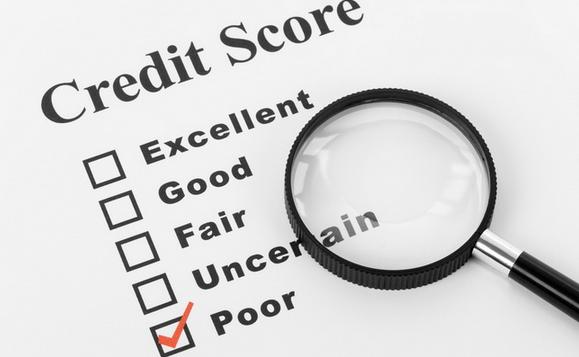
3. Unfavorable Credit Score
Banks rely heavily on the credit score engine nowadays in decision-making. The credit score engine analyses your repayment behaviour details in CCRIS. Basically, a credit score denotes an indication on how wisely you managed your cash flow in the past. However, the standard or cut off limit differs from bank to bank as each bank has their own risk appetite.
There are many ways to skin your CCRIS and some of the below may result in your loan application being rejected.
• No track record in CCRIS? Zero track record on CCRIS is not necessarily good
• Number of credit cards you have recently signed up for
• High frequency of borrowing in a short span of time (in the last 6 months)
• Any or combination of credit cards showing high utilization (high spending)
• Any credit cards with over limit status
• Repayment pattern in the last 12 months
• Are you highly leveraged on an unsecured loan (personal loan)?
Again, a clean CCRIS with no loans is not necessarily something which the bank loves. You may be viewed as someone with a “thin bureau record”. On the other hand, having strings of facilities (“thick bureau”) with a long list of outstanding balance may not necessarily be what a bank wants either. In difficult times, the banks will wonder who you will pay first. Managing your CCRIS well is a key to ensuring that you are always ready to take up a good deal when the time comes.
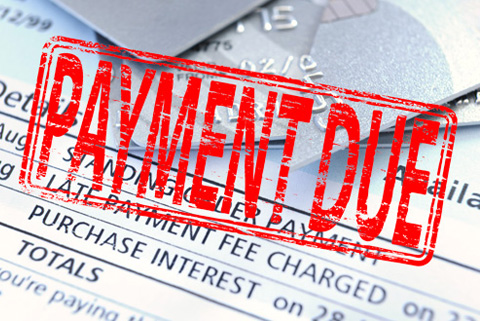
4. Denied due to Credit Rule
On top of credit scoring, banks may still reject an application with a set of credit rules, i.e. no missed payment for more than 3 times in the last 6 months, no missed payment in the current month in your repayment record and so forth.
Credit problems often stand in the way of a mortgage loan approval. While some cases require substantial credit improvements, others can be resolved fairly quickly.
Banks look at your past performance to gauge your future performance. Banks will also look at your leveraging level. If you have had a poor repayment track record, chances are that you will not get your loan approved. Repayment trends can easily be obtained through CCRIS. Showing any delinquency of 2 months and above will greatly reduce your chance of getting your loan approved.
Matters will become worse for loans applied at banks where you already have a track record at from previous loans. Your entire repayment behaviour since the day you took up your first loan at that bank can be reviewed and how you manage it will play a big part in your new loan approval.

5. Bad Status in CCRIS
If you have any accounts which repayments were not made over a prolonged period (normally more than 6 months for a personal loan or credit card, potentially longer for a secured loan), your record may be red flagged as a “special attention account” in your CCRIS. Generally, banks will not proceed in your loan approval upon seeing any red flags, even though you have a good track record for your other credit facilities in your CCRIS.
If you approached the bank before the event of default or went into any legal battles with the bank or expressed your difficulties in meeting your monthly repayments, some banks may offer to restructure or reschedule your loans. This is usually done by extending your tenure to lower down your monthly repayments. Such acts are deemed as potential financial distress and despite you continuing to make prompt repayments under these schemes, banks have a duty to report your facility as being restructured. This may result in other banks not wanting to grant you any new mortgage facility because you will be perceived as not being able to manage your existing debts.
Other warning signs from your CCRIS are items such as enrolling yourself into Agensi Kaunseling & Pengurusan Kredit (AKPK), a debt management service under the arms of BNM, and legal actions taken upon you before. These are very adverse remarks which will generally stay with you despite you regularizing your payments for more than 12 months.
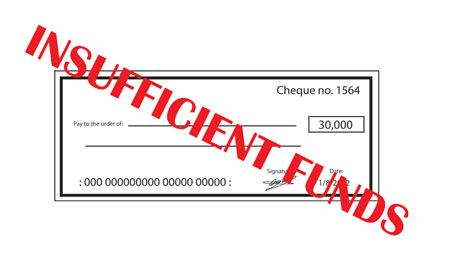
6. De-Cheque
Maintaining a good habit in your cheque facility is important. If you have had two or more bounced cheques in the past 12 months, most banks will not proceed with your mortgage application. The record of bounced cheques will still remain even after the affected Current Account is closed, and will still affect you even if you are applying for a mortgage loan from another bank.

7. Bankruptcy
If you have officially been declared as a bankrupt, you will not be able to refinance, top up or even get any new mortgage facilities. Bankruptcy statuses are published in the newspaper daily. If you have been declared a bankrupt by a bank, an individual or by an organization, your record will be available permanently in CTOS for reference. CTOS captures and compiles bankruptcy statuses which is published in public sources. CCRIS only captures the bankruptcy status if a bank declares you a bankrupt.
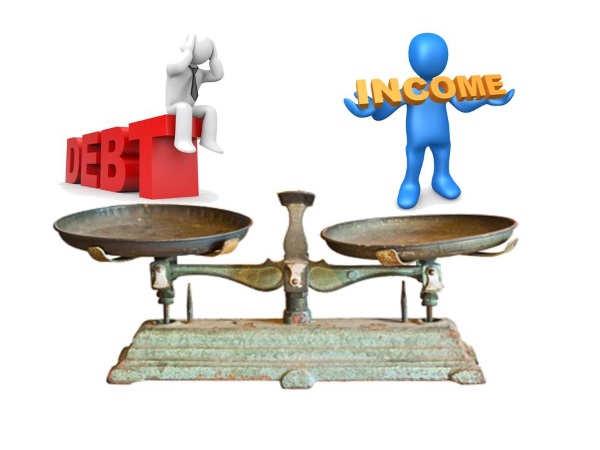
8. Debt Service Ratio (DSR)
Knowing the ratio of your debt to income is important and is the key to getting your loan approved. This is a formula used by banks to evaluate your affordability level.
DSR is calculated based on a total of all of your monthly debt obligations, often referred to as recurring debt/commitments. This includes your total loan on mortgage, car loans, personal loans, your minimum monthly payments on any credit card debt, and any other loans that you may have, in addition to the new monthly commitment you will have from your new mortgage application. The total amount is then divided by your net income after the deduction of your income tax, EPF and SOSCO where applicable.
DSR has become the single most common cause for mortgage loan rejection where approximately 35% to 40% of the loans are rejected due to this reason. Different banks have different DSR cut-off or capping, i.e. 60%, 70%, or some even up to 80%.
There are 2 key elements in improving your DSR ratio. Firstly, having the bank recognise your best and highest income here is key as it ensures your DSR ratio is lower. Next is to manage your monthly commitments/debts. There are several schools of thoughts in managing your debts. Here are some of the more common ones:
• Sometimes you just need to pay off some of your debts if you have some fix repayment debts which are close to the maturity of your facility. Find a way to pay it off or consolidate them to other products with a longer repayment period.
• If you have secured loans, sometimes it is good to move them out of your CCRIS to make you more DSR-friendly.
• Find out how the bank you are applying for calculates and assume your monthly commitments. If you are currently paying at a lower amount, prove it and justify them. Banks are normally able to accept it if you able prove it.
• Different banks have different DSR and cut offs. Do find out and apply from those who favour you more.

9. Not submitting the “right” income documents and all other required documents
Sometimes all it takes is a bad scan or photocopy job in your paperwork and out goes your application. Before we get into that, here is a basic list of paperwork required:
• A complete and accurate application form
• A clear copy of your NRIC which shows your picture and details clearly
• A copy of a sales and purchase/booking form/letter of receipt from the seller/developer
• A copy of the individual title (where required)
• Income documents i.e. 3 to 6 months payslips, salary crediting bank statements, EA form, tenancy agreement, commission statements, Borang B/BE and so forth
Of the above, income documentations is the most common area where an application may be declined. Different banks have different income document requirements and will also have different methods of deriving an income from the documents submitted. This means that from the same document you have provided, different banks may derive your income with a variance of up to 50%.
This is often the case when you do not provide sufficient months of documentation for a particular income document, or if your nature of income fluctuates in nature.
Generally, for a fixed income earner, the key item to show here is that you contribute to EPF and pay your taxes. This should be found in your payslips if this is the form of income document provided to the banks.
For variable income earners/commission earners (which includes fixed income earners with a portion of the income contributed by allowances or incentives), the key here is to show income stability. Banks will need sufficient months of income, typically over a 6-month period. Where there is a high volatility in your income in certain months, you should provide more months to justify income stability. If you have quarterly or bi-annual commission, ensure that the bank is aware of this as you do not want to be viewed as an individual with very high variances in monthly earnings.
For business owners, improper maintenance of your business paperwork may be the cause of you not getting any loan approved. You will typically need to have a business that has been in operation for 2 years, on top of a good audited Profit & Loss (P&L) record or good track record of transactions on the company bank’s statements. This is to demonstrate that your business has a stable income. Similar to a commission earner, proving income stability is vital.
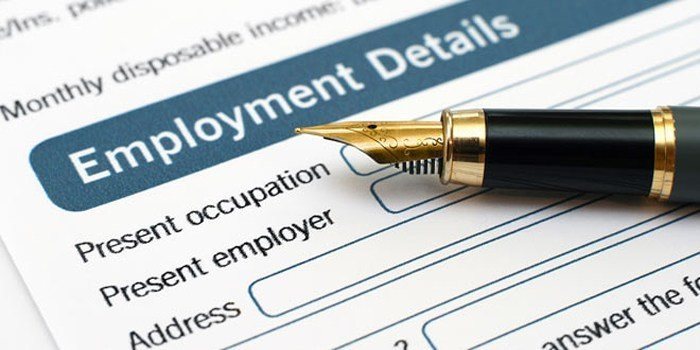
10. Employment
You may need at least 3 to 6 months of employment history in order for you to obtain your very first loan. Having a job that provides EPF contribution even though your income is not high is important. Certain banks may not favour you if your salary is paid via cash deposit.
Just landing your next big job with a 50% increment in salary may not necessarily mean that you increase your chances of getting a mortgage loan. Continuity of employment and how long you have worked with an employer is an important factor in getting your loan approved.
Other substantiations can also help justify if you are in this scenario. For example, justifying that you are progressing to a new job in the same industry with better remuneration helps. Other documents to support your application such as an employment confirmation letter or previous employment income history may also help.
The Pièce de résistance of maintaining a good financial track record.
If you are deeply indebted or have too much credit problems, regardless of how many banks you might have tried, you may not succeed in obtaining a mortgage loan approval.
In this scenario you will need to get your finances in order first, especially when you want to buy a new property. All the above reasons that may cause your mortgage loan application to be rejected can be mitigated or overcome. There are many ways where you can start preparing and getting yourself loved by the banks and to step out to grab the next big deal that comes by you.
Best things come to those who wait for it in terms of deals, but the same cannot be said about your financial status. Start cleaning up your financial records and get ready for banks to approve your mortgage loans! Getting your money management right is the key to getting your dream property when the time comes.
–PROPSOCIAL.MY
Like this article or found it helpful? Share it!
Follow us on Twitter for more news, tips and inspiration. Become our mate on Facebook and explore our Pinterest boards.



